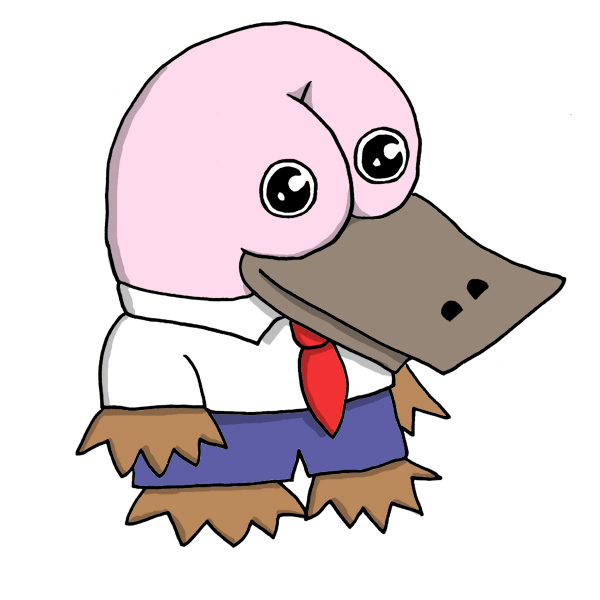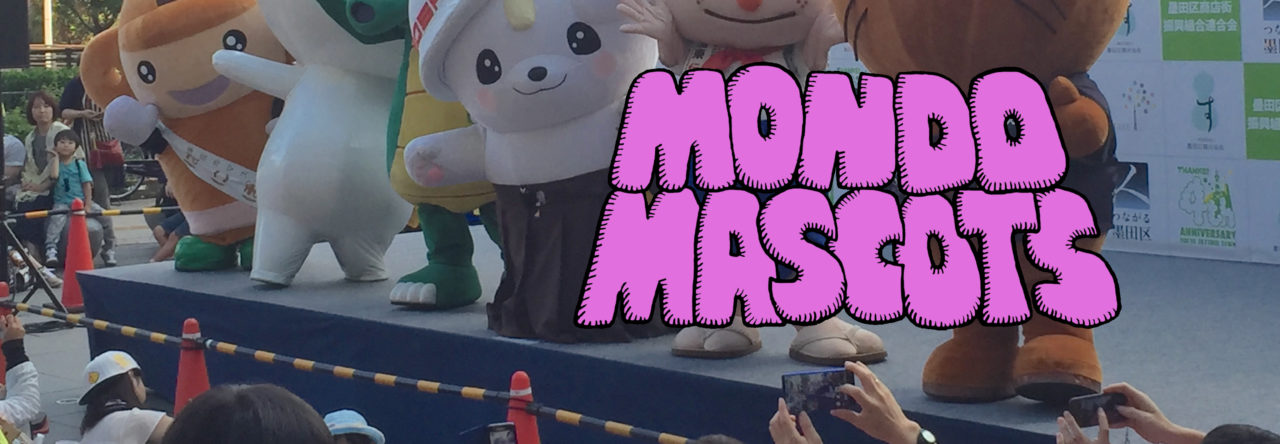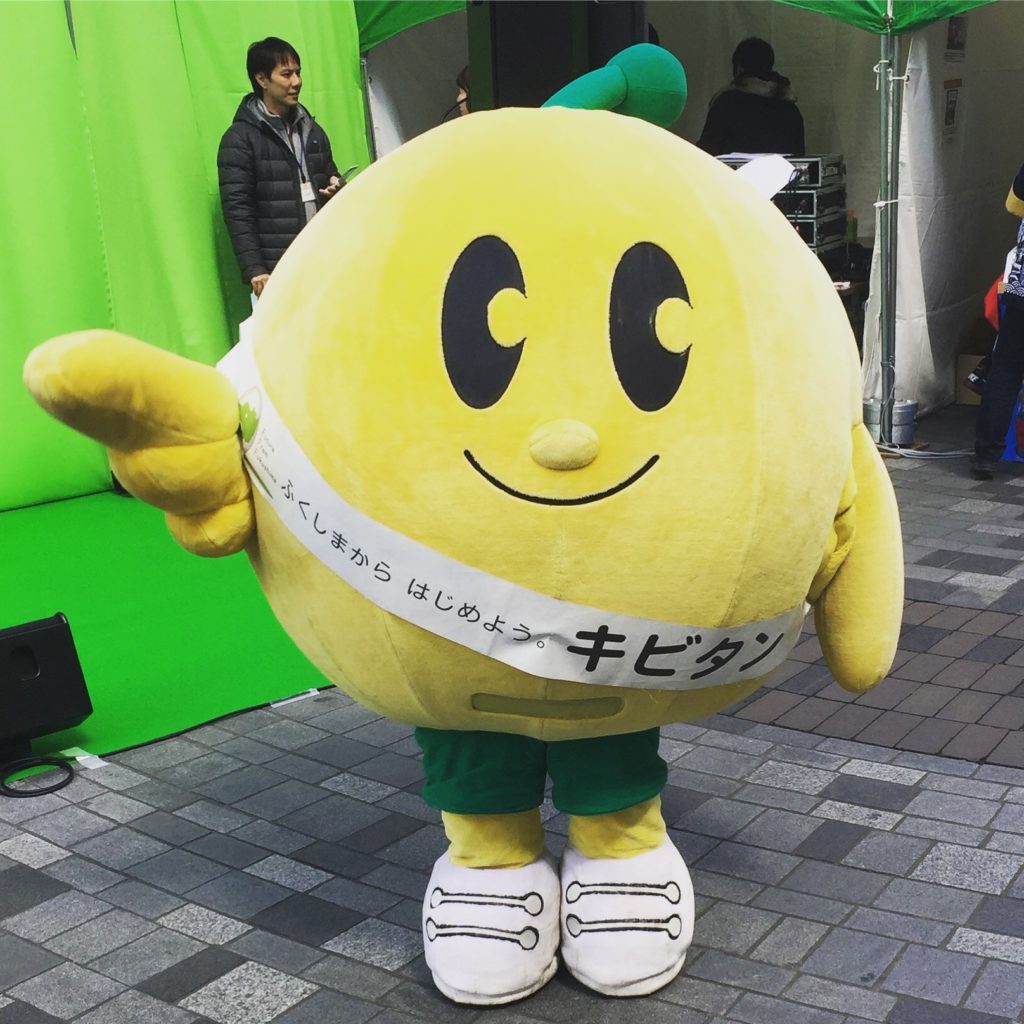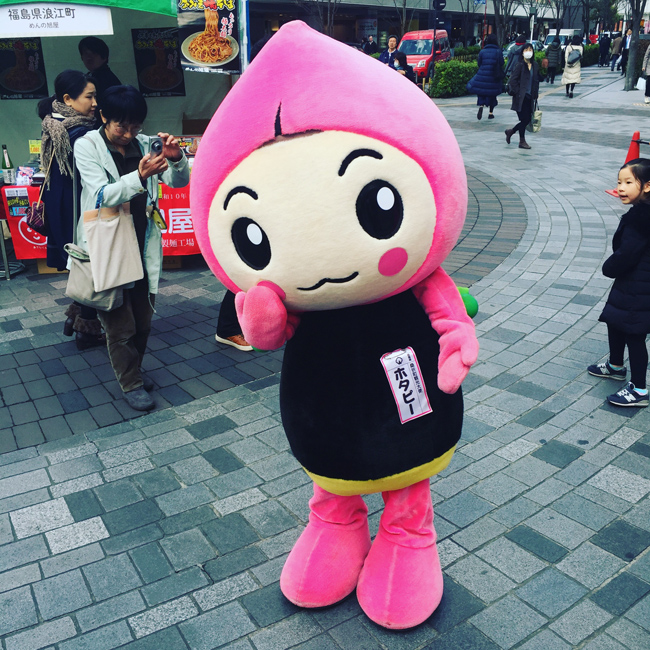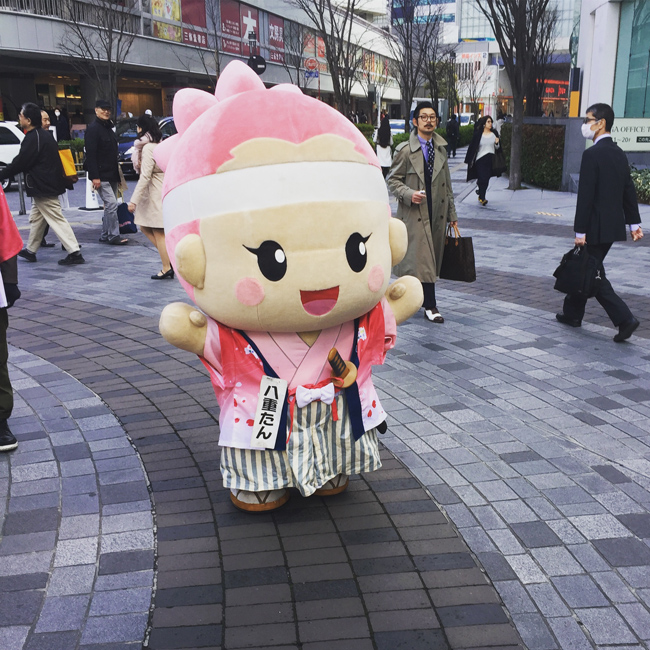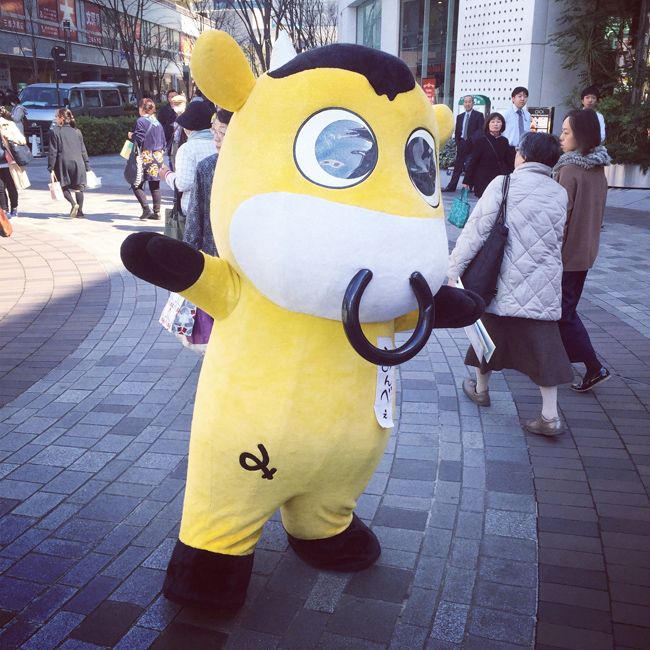For fun, I thought I would try to design a gotouchi-chara (regional mascot) myself. According to illustrator Jun Miura, there are rules to follow when designing one of these characters:
- It must convey a strong message of love for one’s hometown or local region.
- The character’s movements or behaviour should be unique and unstable or awkward.
- The character should be unsophisticated or laid-back (yurui) and lovable.
Now, I’m confident that anything I produce is likely to be awkward and unsophisticated, so rules 2 and 3 should be easy to adhere to. If I am to follow the first guideline and be loyal to my neighbourhood, I need to design a character for the Ikejiri-Ohashi area in Tokyo, where I currently reside.
Ikejiri Ohashi station serves the districts of Ikejiri (in Setagaya ward) and Ohashi (in Meguro ward). Although Meguro already has a mascot (the adorable Meguron) and so does Setagaya (the black bunny, Gayan), a little research tells me that Ikejiri Ohashi does not. Colourful signs of the ferocious feline, Sumanyan, can be seen on the local shopping street, but Sumanyan is actually the offical mascot of the Meguro shopping district association.
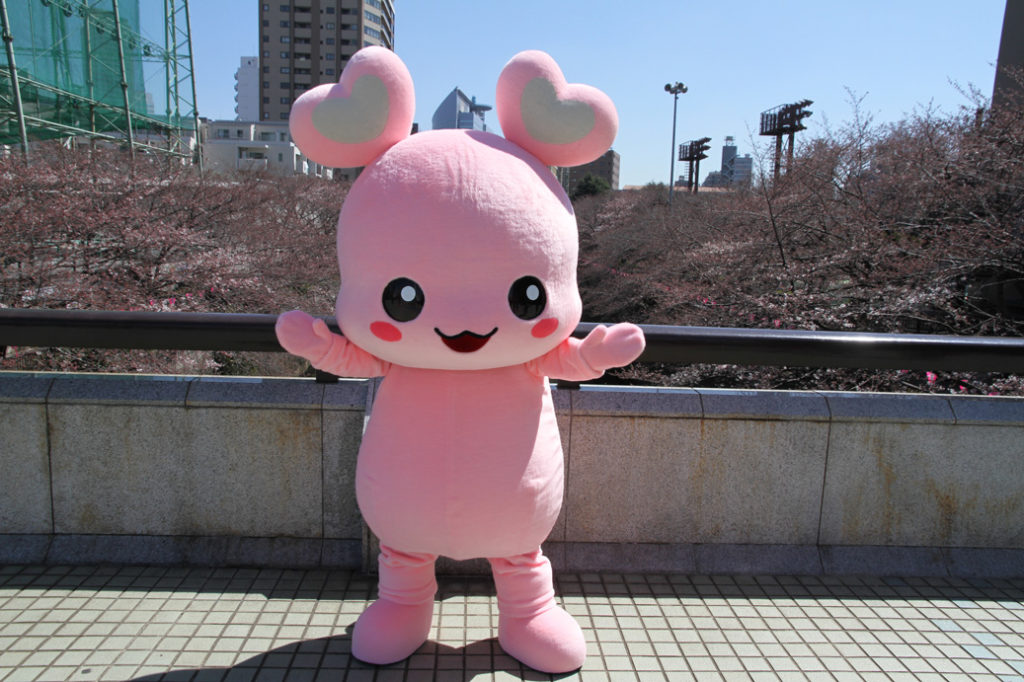
Meguron
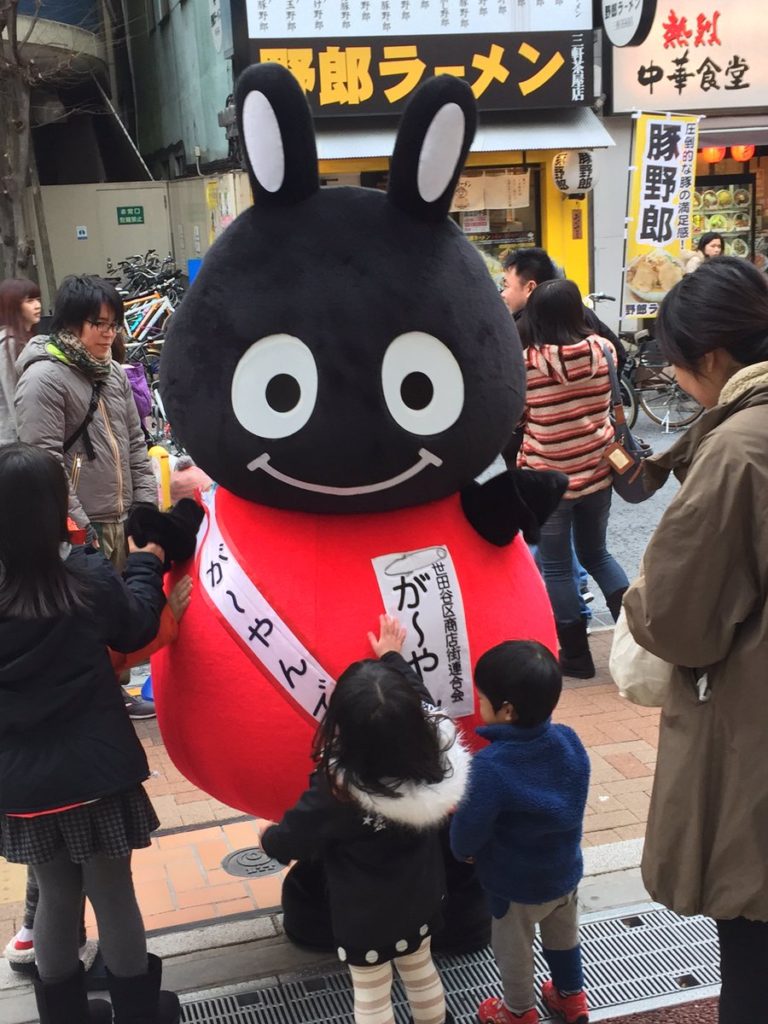
Gayan
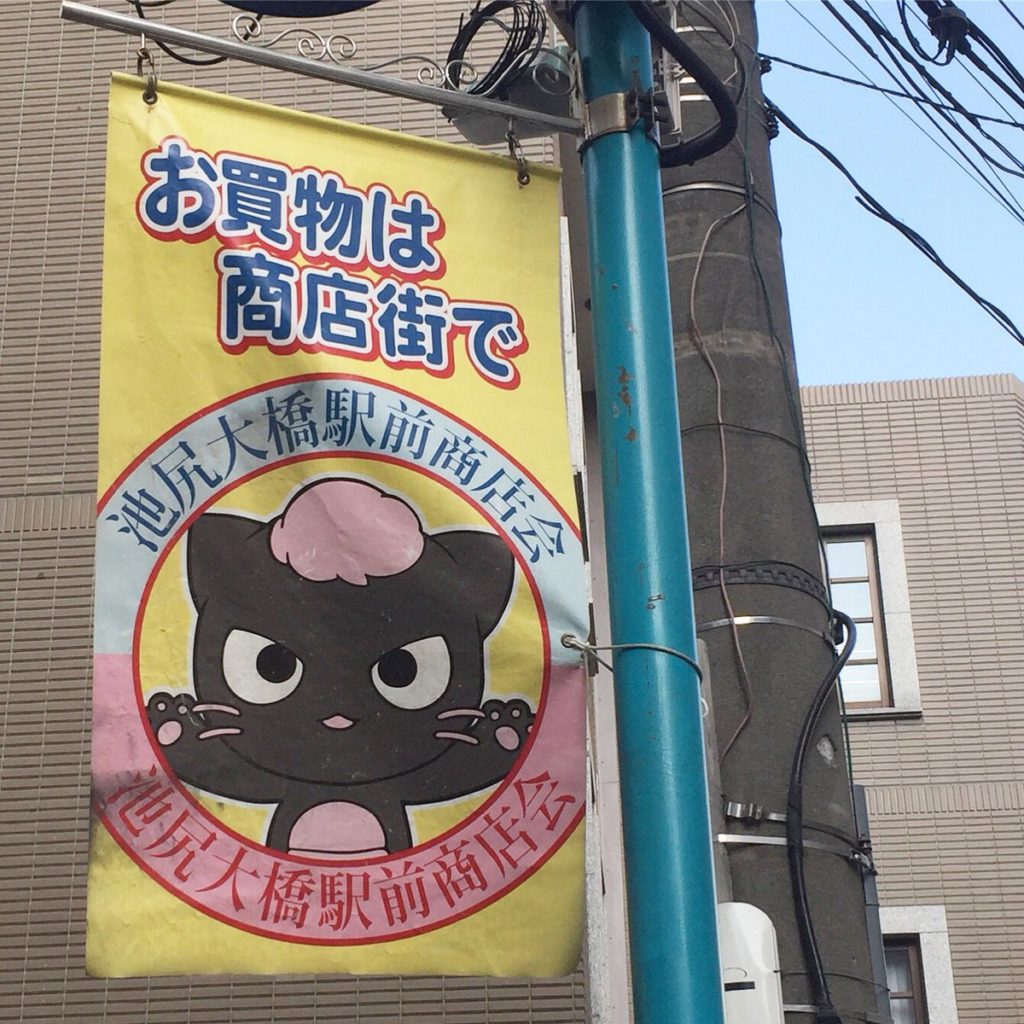
Sumanyan
Since no landmarks, wild animals, or local delicacies of any significance can be found in Ikejiri Ohashi, it would be easy to argue that the place does not even deserve a mascot, but you won’t catch me saying so—I must “convey a strong message of love for one’s hometown or local region.”
I decide to draw a character each for the Ikejiri and Ohashi districts, and I start doodling some ideas. Gotouchi-chara are usually based on local wildlife, cuisine, or farm produce. Since none of these things are to be found in Ikejiri Ohashi, I have to rely on the other popular source of inspiration for these characters- puns on the name of the town. Ikejiri (池尻) means “pond bottom” (but I find “Swamp-Ass” a more fitting translation during the humid summer months). The second kanji symbol (尻) actually can mean buttocks or rear end. Predictably, I come up with this abomination:
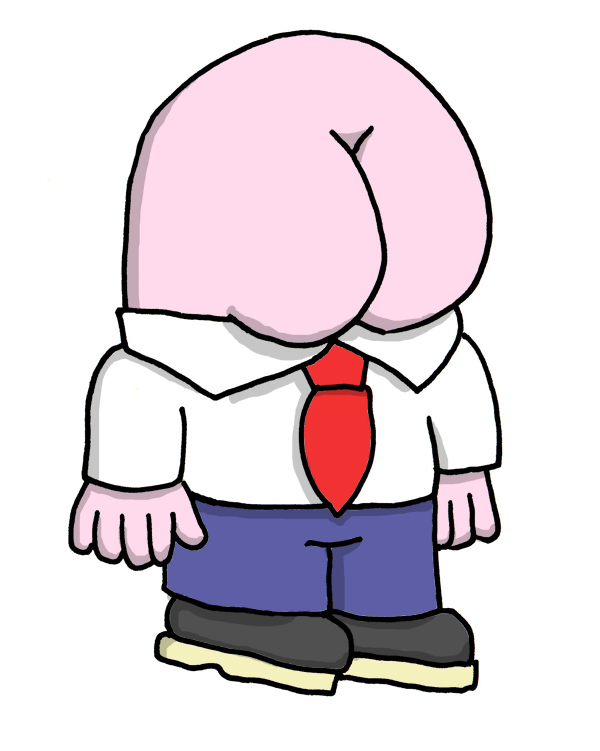
That’s right, a bottom in business attire (the clothes representing the many local business offices). I guess I’ll call him Oshirin (お尻ン). I don’t hold any hope of Oshirin becoming an official mascot, not least because soon after drawing him, I discovered to my dismay that Ikejiri does have a mascot after all, albeit a very obscure one. He’s called Miike and was designed by a pesky local sixth grader.
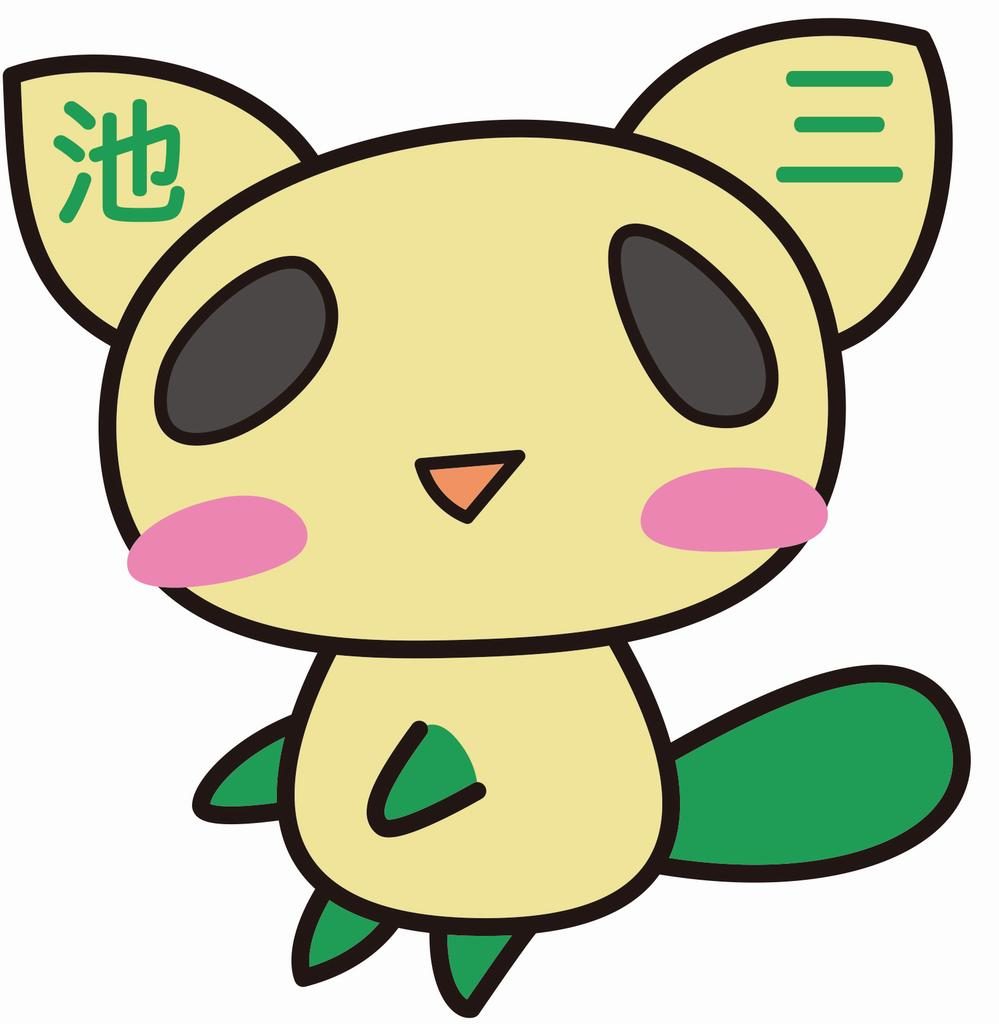
Miike
Ohashi still lacks a gotouchi-chara, however, so I get to work on creating one. As well as missing a mascot, Ohashi doesn’t even have a website—it only has a population of six thousand. Clearly a mascot isn’t exactly a priority, but I draw one nonetheless. Ohashi (大橋) means “big bridge”. The name reminds me of Kamonohashi (the duck-billed platypus), so after failing to come up with anything better, I decide that drawing a platypus might be an acceptable idea. So here is Ohashin (おはしん):
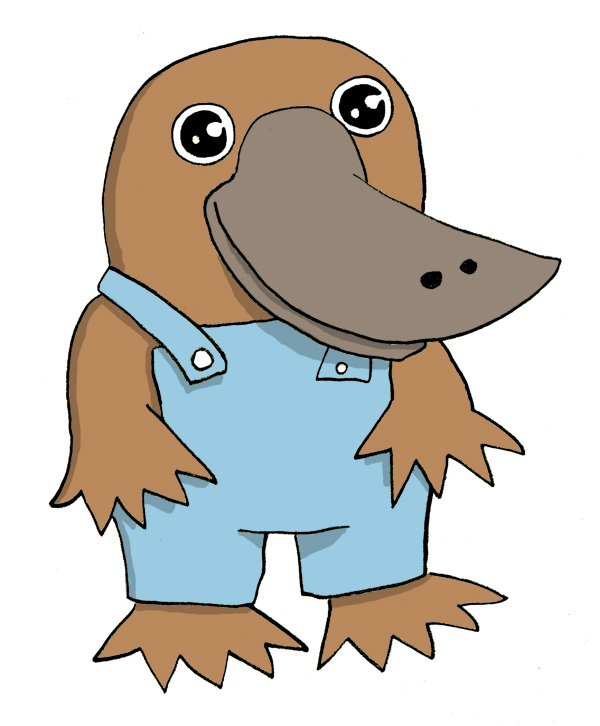
For fun, I will get in touch with the Ohashi local government and see if they’re interested in Ohashin. I will probably be run out of town for having the gall to do so.
Finally, in case Ikejiri and Ohashi want to be represented together by a single mascot, I hastily drew a gotouchi-chara which combines elements of both Oshirin and Ohashin. And so, the hideous chimera that is Shiri-hashi-kun (しりはし君) is born:
